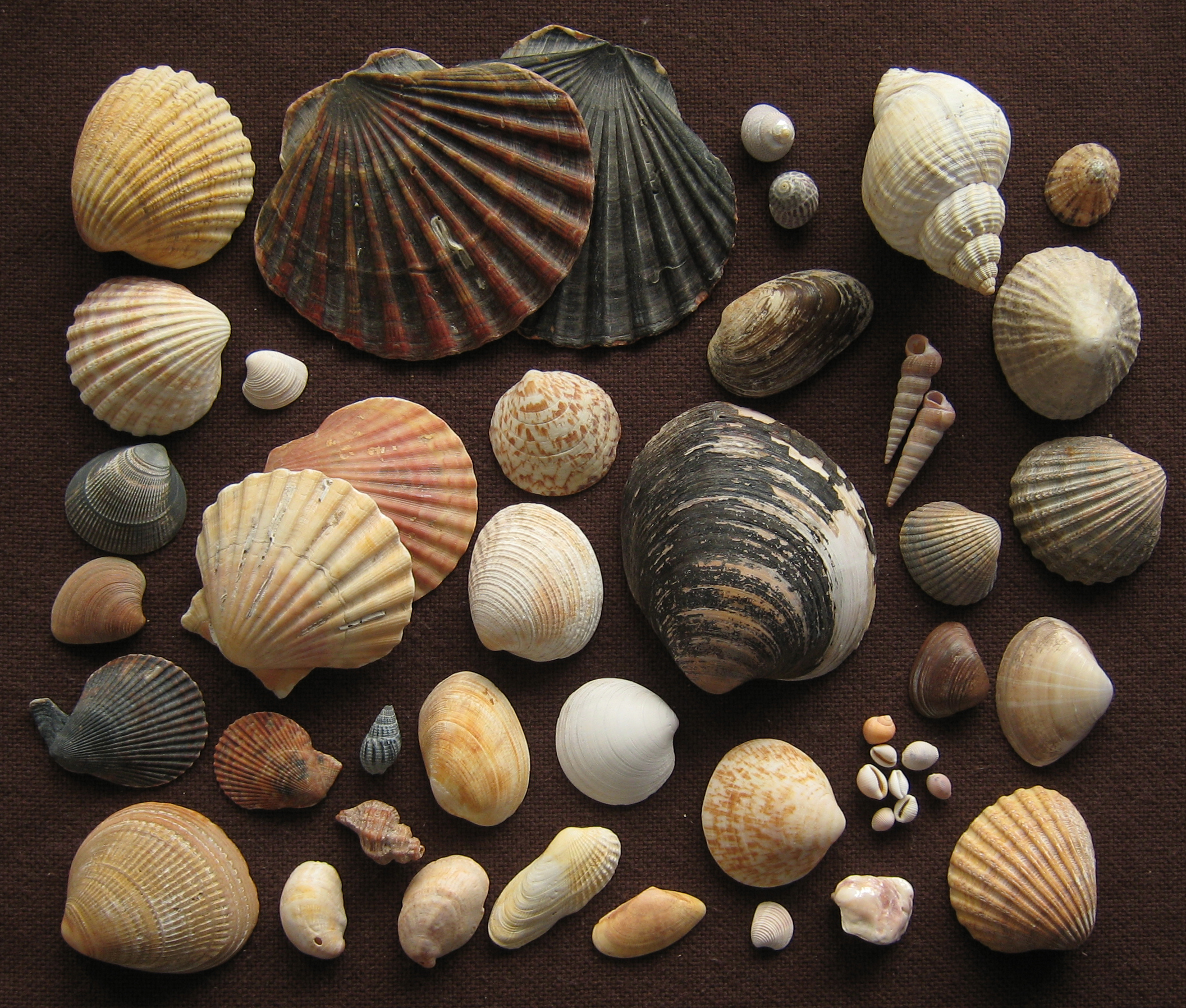One often overlooked consequence of rising carbon dioxide levels is the resulting decrease in the pH of the oceans, a process known as ocean acidification. These resulting changes in ocean chemistry make it harder for some marine organisms to produce their protective shells and skeletons. To better understand how shell-building marine organisms are dealing with these changing ocean conditions, MSC Associate Professor Justin Ries worked with an international team of researchers to investigate the distribution of benthic (bottom dwelling) shelled organisms across a natural range of pH conditions throughout the world’s oceans.
Recently published in Global Biogeochemical Cycles, Ries and colleagues from Germany, USA, New Zealand, and Great Britain compiled a global dataset of minerals produced by different marine organisms and the ocean’s ability to support those minerals at present-day and future levels of ocean acidification. More than 100 species of marine calcifiers, from the coastal zone to the deep sea, from the tropics to the poles, were included in their comprehensive study. The researchers were able to use these baseline data to make predictions about which organisms, as well as which parts of the ocean, will be most vulnerable to ocean acidification over the coming centuries.
Many of the organisms collected and analyzed by the team are made of magnesium (Mg) calcite, which dissolves more quickly than pure calcite in an acidified environment. This led the authors to develop a new, species-specific indicator of an organism’s vulnerability to ocean acidification that reflects the Mg-content of their shell.
An unexpected result of the study was that many shell-building species inhabit areas that already favor dissolution of their shell or skeletal mineral. Yet, despite these unfavorable conditions, the organisms are still able to produce and maintain their shells in these waters. Results also indicate this has been the case for many years, suggesting that these species have adapted or evolved to tolerate these conditions.
The study also uncovered gradients in shell mineral composition throughout the ocean, leading to the team’s conclusion that organisms inhabiting warmer waters have a higher Mg-content and, therefore, may be more vulnerable to future ocean acidification than those inhabiting colder waters.
Although nearly one-quarter of the species investigated were able to tolerate conditions that favored dissolution of their shells, nearly three-quarters did not inhabit these types of waters. Thus, the question remains as to how these less tolerant species will respond to future ocean acidification.
This work contributes to a growing body of knowledge about how ocean acidification will impact life in the sea.

